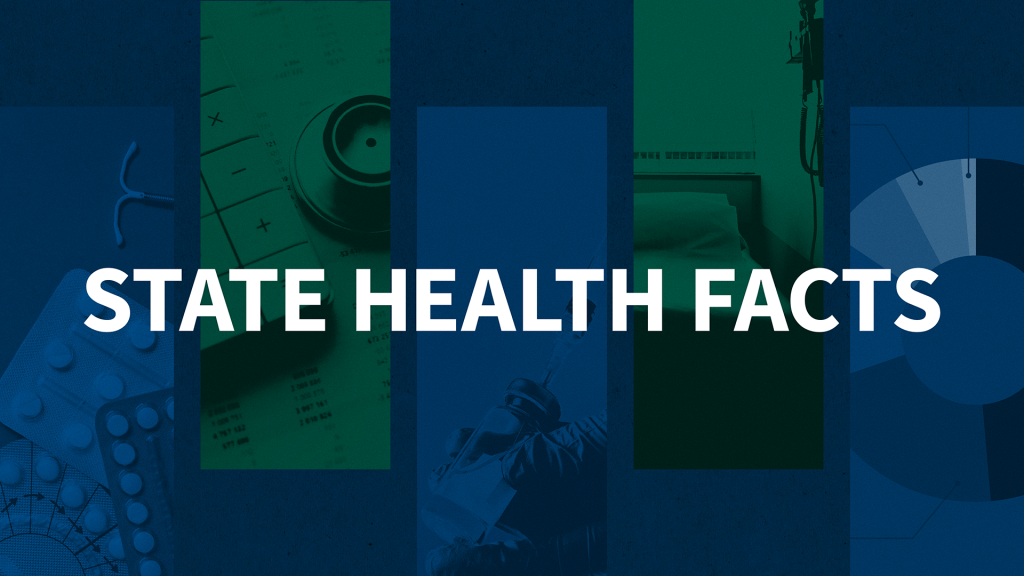Key Issues for State Medicaid Programs When the COVID-19 Public Health Emergency Ends
As a result of the COVID-19 Public Health Emergency (PHE) , states have experienced increased enrollment along with administrative challenges. After the PHE ends, states are likely to have renewal and redetermination backlogs and will face decisions around continuing temporary policy changes. This brief highlights key issues from the new CMS guidance to states on how to unwind emergency authorities and resume normal eligibility and enrollment operations.
